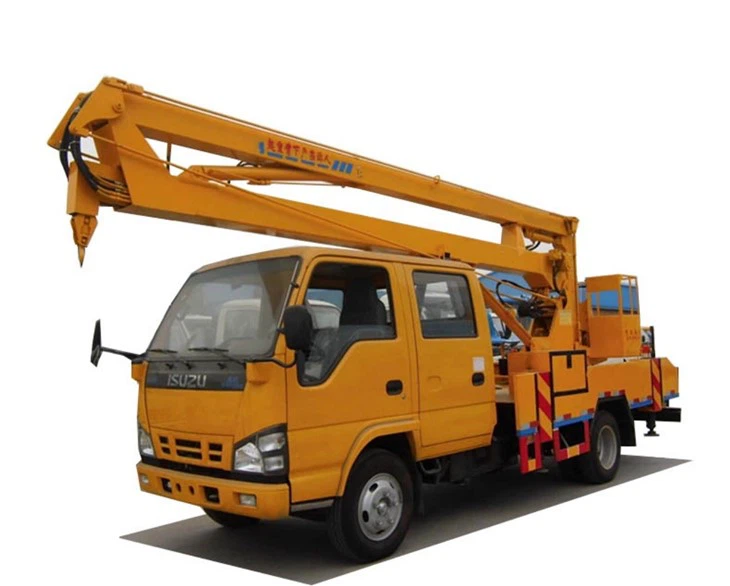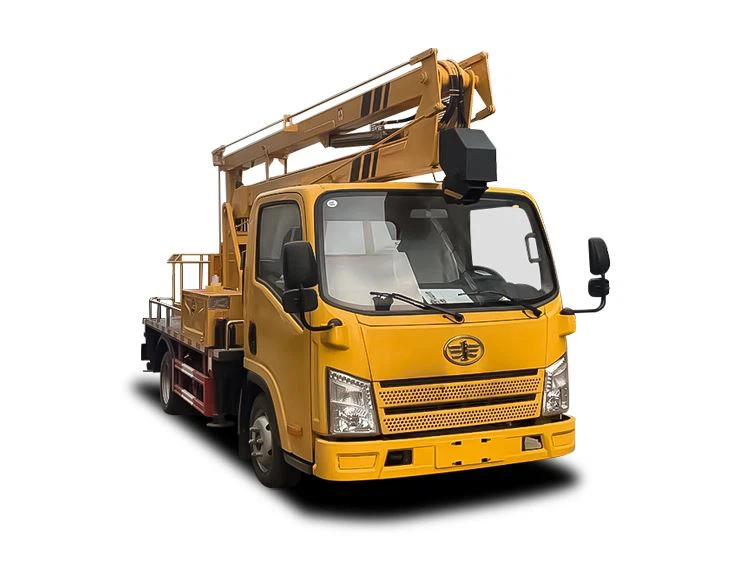Understanding the Class CRV: A Comprehensive Guide

Introduction
The class CRV, or the Class of Rational Vectors, is a vital concept in various fields, including mathematics, computer science, and engineering. This comprehensive guide aims to explore the intricacies of CRV, its applications, and practical insights into its functionality. By the end, readers will have a solid understanding of class CRV and how it can be incorporated into various domains for better problem-solving and analysis.

What is Class CRV?
Class CRV refers to a categorization of rational vectors that possess specific properties and structures. Rational vectors are typically defined as vectors where each of their components is a rational number. This section delves deeper into the definitions and implications of the class CRV.
The Definition of CRV
In mathematical terms, a class CRV is characterized by:
- All components being rational numbers.
- The ability to perform various operations such as addition, subtraction, and multiplication.
- A structure that allows for linear combinations and transformations.
Mathematical Representation
A class CRV can be represented mathematically as:
CRV = { (x1, x2, …, xn) | xi ∈ Q, for all i }
Where Q represents the set of rational numbers, and n is the dimensionality of the vector space.
The Importance of Class CRV
The class CRV serves as the foundation for various mathematical concepts and applications. Understanding this class can lead to a better grasp of vector spaces, linear algebra, and other mathematical constructs.
Applications in Mathematics
Class CRV is heavily utilized in fields such as linear algebra and calculus. Here are some key areas of application:
- Solving systems of linear equations.
- Vector transformations and manipulations.
- Representation of geometric transformations.
Applications in Computer Science
In computer science, class CRV plays a crucial role in data representation and algorithm development.
- Data structures such as graphs and networks utilize rational vectors to manage relationships.
- Machine learning algorithms often require vector spaces for feature representation.
- Computer graphics leverage class CRV for rendering and transformations.
Applications in Engineering
Engineering disciplines apply class CRV in various ways, particularly in systems analysis and design:
- Control systems use rational vectors for state representation and feedback design.
- Structural analysis utilizes CRV in finite element methods.
- Signal processing often requires vector manipulations for filtering and modulation.
How Class CRV Interacts with Other Mathematical Classes
Understanding how class CRV integrates with other mathematical classes is essential for grasping its full potential.
CRV vs. Integer Vectors
While class CRV is composed of rational numbers, integer vectors consist solely of integers. The key differences include:
| Aspect | Class CRV | Integer Vectors |
|---|---|---|
| Components | Rational numbers | Whole numbers |
| Flexibility | Higher dimensionality flexibility | Limited dimensionality |
| Applications | Broader applications | Basic arithmetic and logic |
CRV and Polynomial Spaces
Class CRV interacts with polynomial spaces, as polynomial coefficients can often be rational numbers. Understanding this relationship allows for better optimization in polynomial approximations and function modeling.
Practical Examples of Class CRV
Below are practical examples illustrating class CRV in real-world scenarios.
Example 1: Solving Linear Equations
Consider the system of linear equations:
2x + 3y = 5
x – 4y = -1
We can express this system in matrix form using class CRV, facilitating its solution through various methods such as Gaussian elimination.

Example 2: Data Representation in Machine Learning
In machine learning, a feature set of rational vectors can be represented as:
| Feature 1 | Feature 2 | Classification |
|---|---|---|
| 0.5 | 1.2 | A |
| 3.4 | 2.1 | B |
This representation enables the application of algorithms for predictive analysis and classification tasks.
Example 3: Engineering Calculations
In structural engineering, consider a beam modeled with CRV parameters. This model will account for loads and spans using rational vectors to maximize accuracy in structural integrity assessments.
Key Operations on Class CRV
Understanding operations applied to class CRV enhances its utility in various applications.
Addition and Subtraction
For two vectors A = (a1, a2, …, an) and B = (b1, b2, …, bn), the addition is defined as:
A + B = (a1 + b1, a2 + b2, …, an + bn)
Scalar Multiplication
Scalar multiplication of a vector A by a rational scalar k is performed as follows:
kA = (ka1, ka2, …, kan)
Dot Product
The dot product of two class CRV vectors A and B is calculated as:
A · B = (a1 * b1 + a2 * b2 + … + an * bn)
Challenges and Limitations of Class CRV
While class CRV offers a range of advantages, it is not without challenges.
Computational Complexity
Operations involving class CRV can become computationally intensive with higher-dimensional vectors, leading to challenges in processing speed.
Precision Issues
Rational numbers can introduce precision issues in large computations, particularly in scenarios involving floating-point arithmetic.
Limited Applicability
Not all problems can be effectively modeled using rational numbers, limiting the applicability of class CRV in specific areas of research and application.
Future Trends in Class CRV Research
Research into class CRV is ongoing, with various trends indicating potential advancements.
Integration with Machine Learning
As machine learning continues to evolve, the integration of class CRV as a fundamental component for vector representation and manipulation is expected to grow.
Enhanced Computational Methods
Research is focused on developing algorithms that can minimize computational complexity and improve the precision of operations involving class CRV.
FAQ Section
What is the primary difference between class CRV and class IRV?
The primary difference lies in the components of vectors. Class CRV comprises rational numbers, while class IRV consists of irrational numbers.
Can class CRV be utilized in 3D graphics modeling?
Yes, class CRV is widely used in 3D graphics for transforming and manipulating vector representations of objects.

How do I represent a class CRV in programming languages?
In most programming languages, class CRV can be represented using arrays or lists containing rational numbers.
What are the practical applications of class CRV in machine learning?
Class CRV is used to represent feature data, allowing algorithms to process and classify data effectively.
Is class CRV limited to mathematical applications?
No, class CRV finds applications in various fields, including computer science, engineering, and graphics design.
What challenges exist with the precision of class CRV calculations?
The main challenge is that rational numbers can lead to precision errors in computational tasks, particularly those requiring high accuracy.
